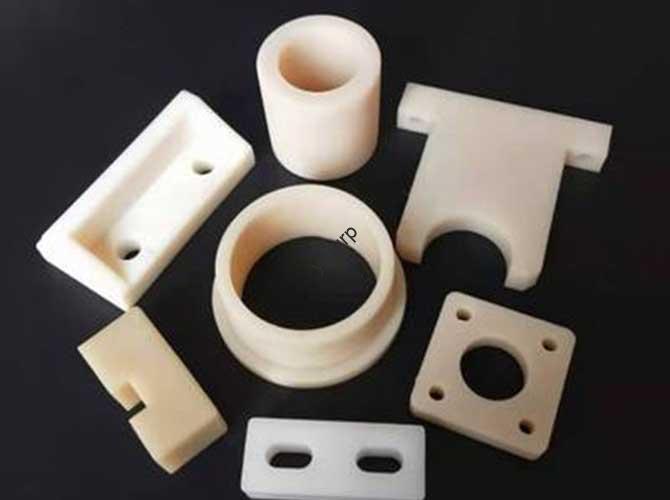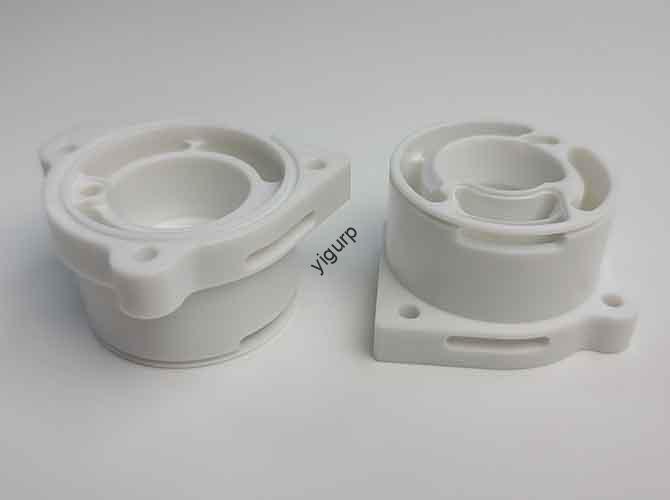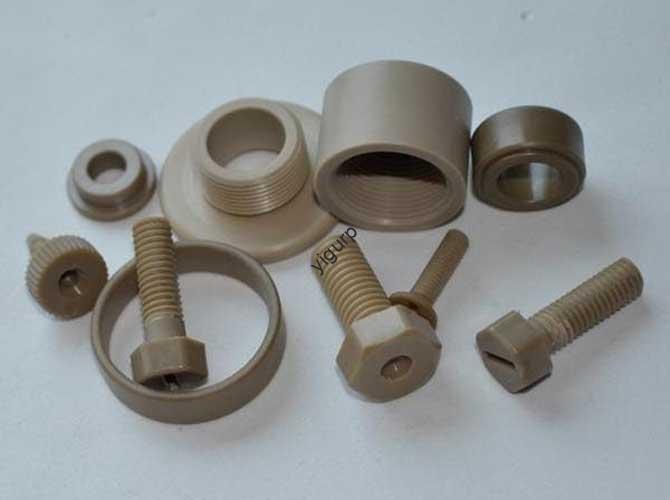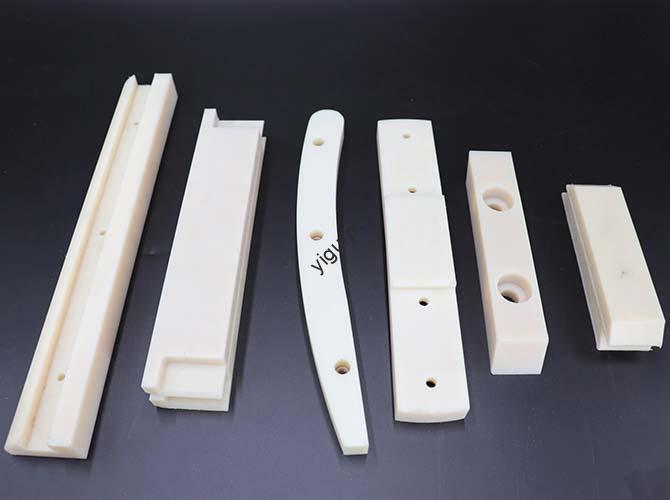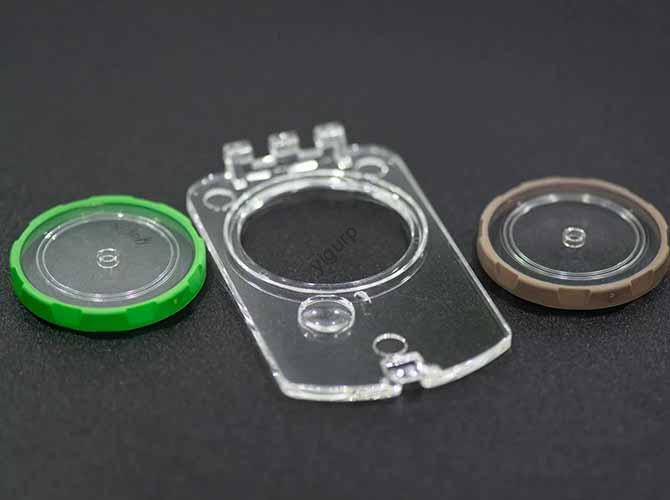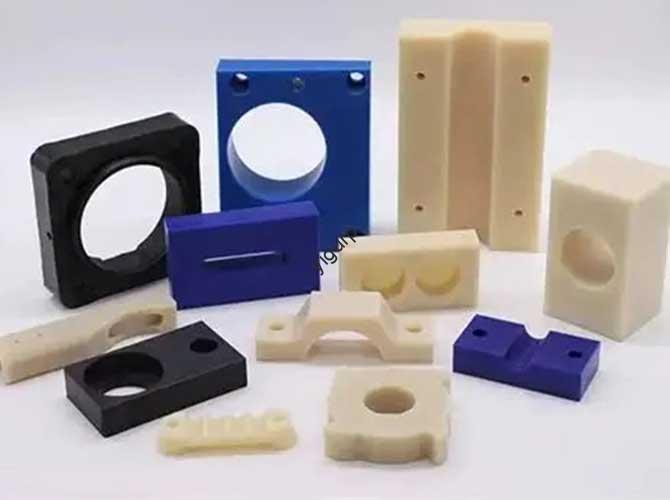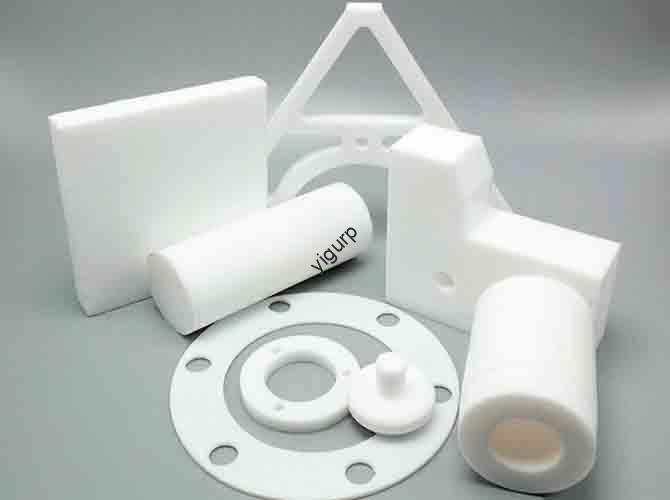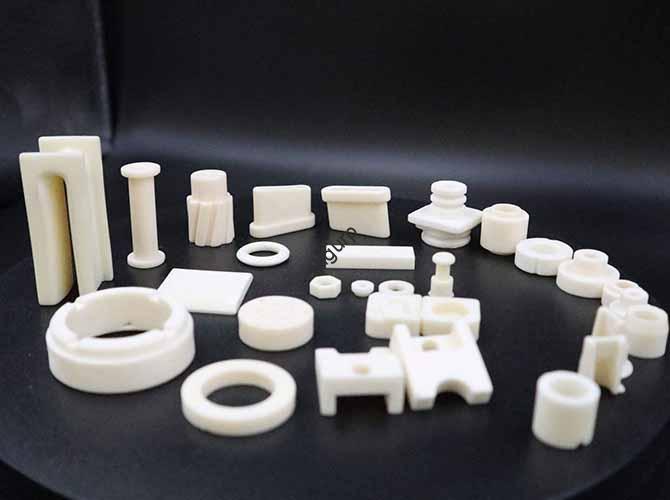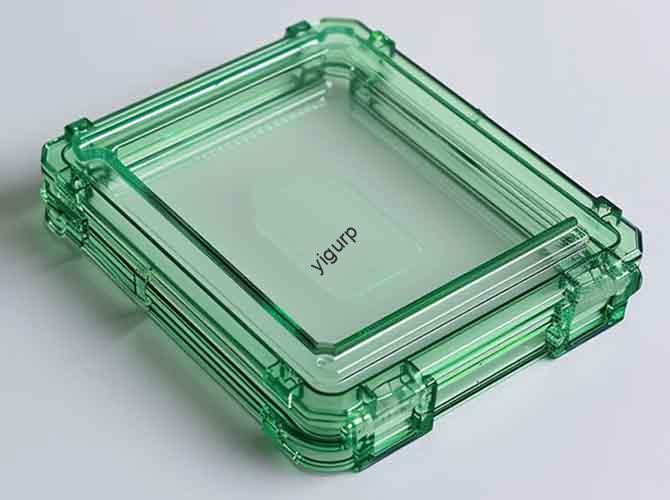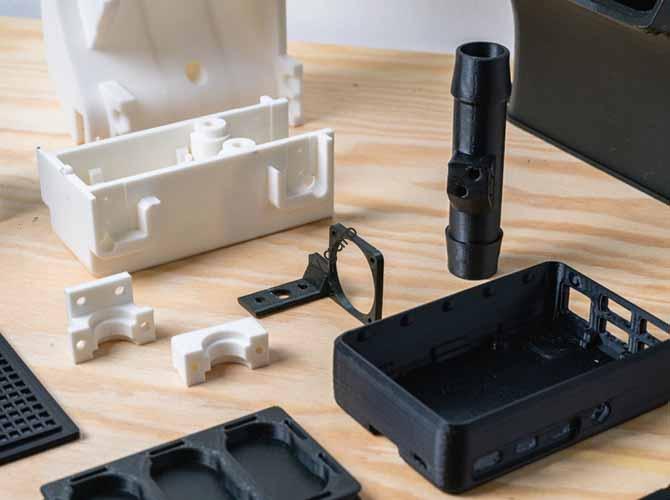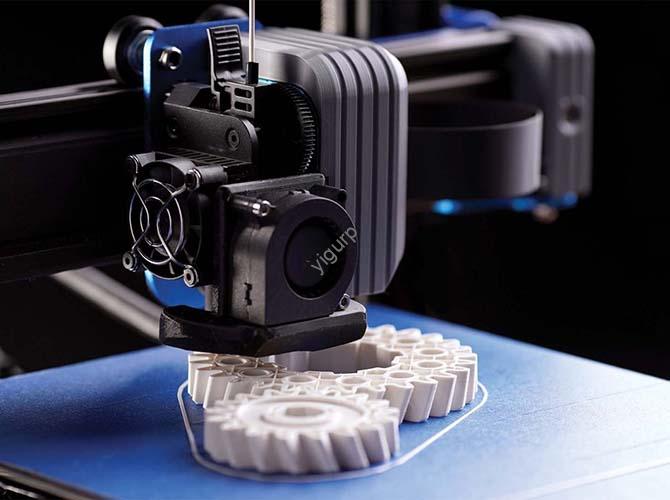What Are Craft Silicone Molds and Their Key Applications?
Craft silicone molds are flexible, detail-capturing tools made from liquid silicone rubber that cure into reusable molds for creating handicrafts. Im Gegensatz zu starren Formen (Z.B., Plastik, gypsum), they excel at reproducing tiny textures—from the grain of a wooden prototype to the intricate patterns of jewelry. But what makes them a top choice for crafters and small-scale […]
